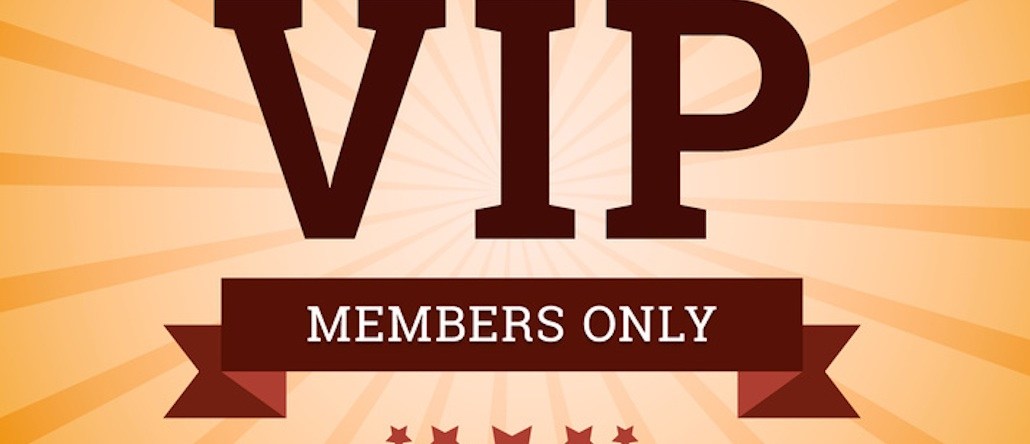Register by Jan 13 to save on passes and connect with marketers from Uber, Bose and more
The Trump bump: Slate’s paying membership jumps 46 percent after the election

Trump is turning out to be good business for Slate.
Along with other news organizations, the culture and politics site has had a big boost in subscribers in the wake of the election of Donald Trump. Since Election Day, its Slate Plus premium membership service has shot up 46 percent to 26,700 members.
Gabe Roth, head of Slate Plus, said that membership in the 2-year-old program had shown “steady, unspectacular growth” until the election. Slate had already discounted the annual price a couple months earlier, to $35 from $50, and with Trump’s victory, started more explicitly pitching the program as a call to arms to help Slate keep him accountable.
At those rates, Slate Plus annual revenue could approach $1.3 million, enough for Slate to think about adding a fourth dedicated staffer to the program.

“People are suddenly alarmed at the incoming administration,” Roth said. “People are newly aware of the importance of having independent sources of media that are unafraid to say directly what’s going on. And they respect what Slate’s political team has done and want to make sure we can keep doing it.”
One of the questions publishers have to figure out with a paywall is how much content to put behind the wall. With Slate Plus, Slate opted to keep its site free while giving members perks like ad-free podcasts, members-only stories and discounts to live events. What’s happened is that Slate has realized that part of the value of its content is being able to share it with others. (Journalists also have been known to chafe at paywalls because it means their articles will reach a limited audience, although Roth said that wasn’t an issue for Slate’s writers.)
So Slate Plus plans to regularly use some of its newfound revenue to fund political and investigative journalism that will be freely available on the site but marked as being made possible by Slate Plus. Starting in the next week or so, there will be a regular weekly feature, big investigations and a weekly roundup newsletter, This Week in Trump, produced this way.
Creating more free content helps Slate’s ad-supported site, which it’s still committed to growing. As for whether making more of its journalism available for free will discourage people from subscribing, Julia Turner, Slate’s editor-in-chief, said the same benefits would still be available to Slate Plus members only. “We want the stories to have as broad an audience as possible,” she said.
Slate’s experience is instructive as publishers are searching for new paywall models with ad revenue becoming harder to come by. While a handful of media organizations have managed to succeed in getting people to pay for online news, they’re in the minority.
Slate has an advantage over commodity news sites in that it has a core of loyal readers, which it’s been cultivating by trying to drive more direct traffic to the site. Roth said the retention rate has been strong, and some “non-trivial number” opt to contribute above and beyond the annual fee, although, of course, there’s no guarantee the growth will continue at the rate it has, especially since Slate plans to end the discounted rate soon. Roth expressed confidence that the increase isn’t temporary, though.
“It’s tremendously encouraging to all the people here to feel like people are responding and finding value to it to the point where they’re making a contribution,” Roth said.
More in Media

Why publishers are building their own creator networks
Publishers are forming creator networks to regain control, combat traffic declines, and reach audiences shifting toward influencers.

The accidental guardian: How Cloudflare’s Matthew Prince became publishing’s unexpected defender
Cloudflare’s day job is fending off botnets and nation-state cyberattacks, not debating how Google and other AI firms crawl publisher sites.

A timeline of the major deals between publishers and AI tech companies in 2025
Here’s a list of all the major deals signed between publishers and AI tech companies in 2025.








